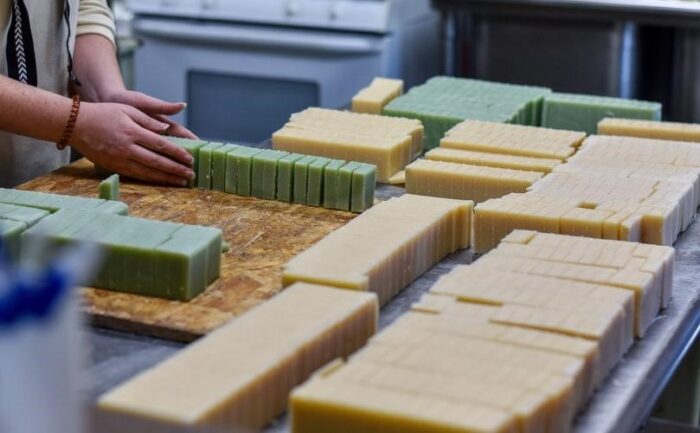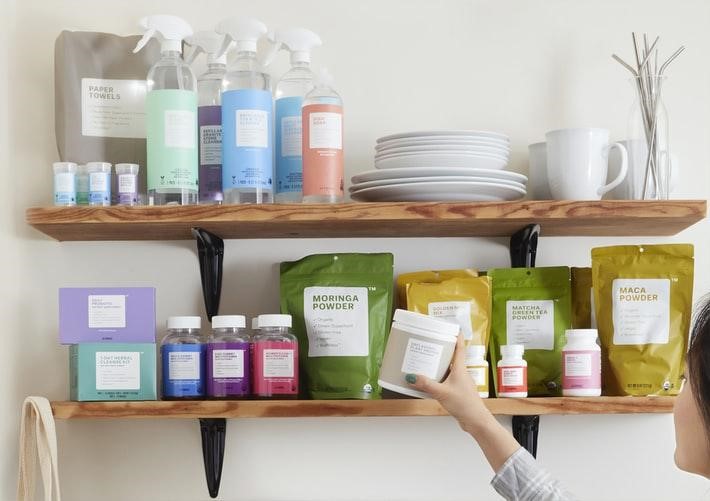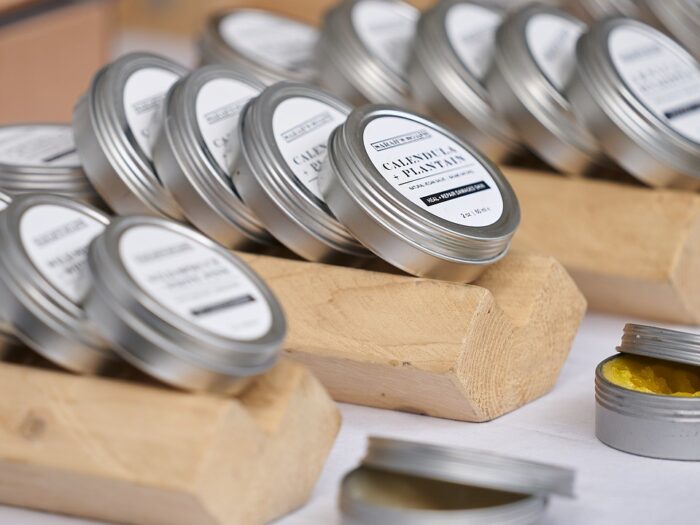6 Tips on Selling Your Homemade Skin-Care Products
Don’t panic; it’s organic. During the past year, more and more consumers have been switching to all-natural products. It is not because of trust issues; it’s because people are slowly learning to take good care of their bodies by avoiding harmful chemicals and going after nature’s bounty.  In 2012 alone, the demand for organic beauty products already reached a whopping $7.6 billion, and it continues to grow until now. According to a 2017 study, up to 50 percent of female consumers are looking for facial skin-care products that are free from toxic ingredients like phthalates and sulfates. It only goes to show that “clean beauty” is not just a trend; it is here to stay and make people look and feel healthier than ever.
In 2012 alone, the demand for organic beauty products already reached a whopping $7.6 billion, and it continues to grow until now. According to a 2017 study, up to 50 percent of female consumers are looking for facial skin-care products that are free from toxic ingredients like phthalates and sulfates. It only goes to show that “clean beauty” is not just a trend; it is here to stay and make people look and feel healthier than ever.
Surely, today is an excellent time to be alive because of the overflowing options of organic products: soap, shampoo, lotion, makeup, and even nonbeauty items like dishwashing liquid. That is why it’s also the best time for sellers of homemade skin-care products to take advantage of the consumer’s demand. If you swear by the quality and efficiency of your products, then why not spread the good news to the world?
Below are some very helpful tips on making a profit out of getting into customers’ holy grail of skin-care products.
- Start with a Small Collection
Selling homemade skin-care products can be exciting, but be careful not to get overwhelmed by producing tons of items with little market for disposal. Start by creating a capsule collection, which is easier to formulate, test, and sell to the target market.
Focus on quality, not quantity. Apart from keeping the products fresh, creating a small collection will give the business a chance to improve the formulation of the next batch of orders.
- Safety First
A consumer’s safety is already a given fact when using all-natural skin-care products, but people will trust the brand even more if it has undergone necessary tests and certifications. One spoiled batch can ruin the brand, so no matter how you trust the formulation, it’s still best to have a third-party laboratory countercheck your product’s safety and effectiveness.
Each country has regulated a set of rules for cosmetic products, so do thorough research on policies, and abide by the testing and assessment procedures. This procedure will benefit both the brand and the consumer.
- Make the Products Reachable
Traditional marketing is still an effective way to reach possible customers, so consider doing the usual face-to-face selling to promote your products. Give samples to family and friends, and let word of mouth take the items to other possible buyers.
Consider joining community bazaars to personally hand out samples to shoppers. Just make sure to include the brand’s business card, with complete details like contact number, product name, ingredients, and other vital information that a consumer needs to know.
- Sell Products Online
Start selling online by creating accounts on major social media platforms like Facebook, Instagram, and Twitter. Build an audience by uploading high-quality images, using the right keywords and hashtags on the caption of every post, and join beauty enthusiasts groups to target new customers. Use top eCommerce website builders can help give you the aesthetic you want for your site. Also, try to spare some budget to boost social media presence and launch sponsored posts.
Consider also building a website to make room for the consumer to know more about the brand. A product website allows business owners to share their humble story, mission, and vision; answer frequently asked questions; and even showcase their e-commerce platform.
- Give Out Freebies
Once you start getting orders, sneak in freebies as a token of appreciation to buyers who trust the brand. It can be in the form of snacks, discount coupons, or a sample of other products that they may want to try. These will not just delight the customer’s shopping experience but will also increase your chance of landing on their social media feed and them ordering more.
- Invest in Eye-Catching Packaging
The product packaging, a.k.a the silent salesman, is a critical marketing tool when it comes to a psychological connection with the consumers. Research shows that 50 percent of buyers only buy a specific item due to its attractive packaging, so invest in high-quality and durable containers. Learn to design labels that will best represent each product in your organic skin-care line.
The Takeaway
Just like with selling any other homemade product, selling organic skin-care items is not as easy as it looks. It may take numerous trials and errors, rejections, and other challenges, but we hope that these essential tips are helpful in your journey. Happy selling!











